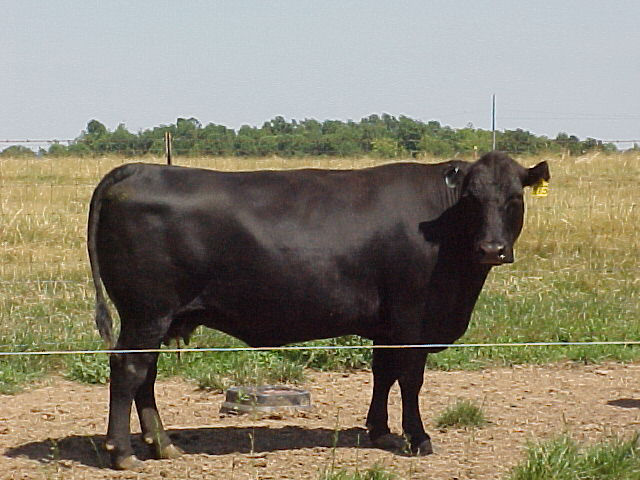May is a good time to score your cow herd for hair shedding according to Eldon Cole, livestock specialist with University of Missouri Extension.
“Hair shedding is around 0.35 percent heritable. That means you can select cattle that shed off more quickly than others,” said Cole.
Early shedders wean off heavier calves, suffer less heat stress, tend to breed back more readily and are more attractive to look at than animals that retain their winter coat all summer.
Much attention has focused on slicker hair coats as a result of fescue toxicosis.
“One practice that may help your cattle’s performance on ‘hot’ fescue is to observe your herd for quick shedding animals,” said Cole.
A scorecard on each animal can be made on a 1 to 5 basis. Each April or May simply observe each of your breeding females for completeness of hair shedding. A 1 is an animal that is completely shed off; their coat is sleek and shiny with even hair on the lower part of the body gone.
A score of 2 is given to animals with about 75 percent of their hair shed off. Most of the hair on the upper part of their body will be gone. The 3s have shed about 50 percent of their hair and a 4 will only have shed 25 percent of their winter coat. Finally, a 5 score is one that retains their winter coat even in the heat of mid-summer.
“You will be surprised at the variation you find within your herd for shedding. As you work towards a more productive cow herd use shedding along with growth, performance, carcass EPDs, (expected progeny differences),” said Cole. “We do not have a hair shedding EPD yet but someday we might.”
Cole says it is important to note that besides genetic differences, age, nutrition and season of calving can all affect shedding status.
“Some slow shedders may still calve on a regular basis and wean above average weight calves and vice versa. If that’s the case, I will hold on to them as long as they perform well,” said Cole.
For more information, contact any of the MU Extension livestock specialists in southwest Missouri including Eldon Cole in Lawrence County at 417-466-3102; Andy McCorkill in Dallas County at 417-345-7551; Randy Wiedmeier in Ozark County at 417-679-3525; or Patrick Davis in Cedar County at 417-276-3313.
University of Missouri Extension programs focus on the high-priority needs of Missourians to improve lives, communities and economies by providing relevant, responsive and reliable educational solutions. MU Extension programs are open to all. More information on this topic is available online at http://extension.missouri.edu.



